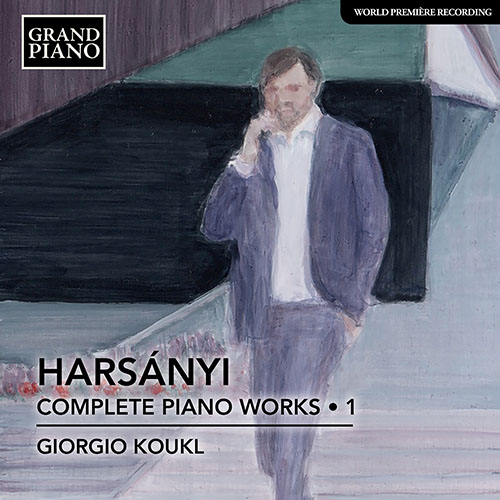
About this Release
“As an interpreter, researching continuously across different musical periods, personalities, composers and levels of music, when I discovered Harsányi's music for the first time, I realised with surprise his capacity to combine matematical rigour, rhythmical inventiveness and pure joy of creativity, which characterise his output. Playing his music has made the immense struggle of obtaining long forgotten scores completely worthwhile, and I hope this unjustly silenced member of the Jewish community will find his due place in musical history.” — Giorgio Koukl
HARSÁNYI, TIBOR (1898–1954)
Complete Piano Works • 1
- Giorgio Koukl, piano
Tibor Harsányi is always associated with ‘L’École de Paris’, a loosely knit collection of expatriate composers living in the city, among them Martinů, Tansman and Tcherepnin. He embraced music from a wide variety of sources, notably from North and South America, and this enriched his own music’s rhythmic vitality and sense of colour.
In his piano music, Harsányi drew on diverse source material, a free-spirted absorption of Hungarian traditions, neo-Baroque, the comic and jazz, as can be heard in the 5 Préludes brefs. Baby-Dancing draws on the foxtrot, Boston, czárdás and samba, while La Semaine, seven pieces, one for each day of the week, contains nocturnes of stillness, off-beat folk songs and a wealth of colour and verve.
This recording was made on a modern instrument: Steinway, Model D
Tracklist
|
5 Préludes brefs (1928) (00:10:00 )
|
|
1
No. 1. Lento * (00:02:54)
|
|
2
No. 2. Allegro * (00:01:37)
|
|
3
No. 3. Allegretto grazioso * (00:01:28)
|
|
4
No. 4. Allegro * (00:01:21)
|
|
5
No. 5. Lento * (00:02:22)
|
|
La Semaine (1924) (00:11:00 )
|
|
6
No. 1. Pour lundi: Allegro agitato molto * (00:01:13)
|
|
7
No. 2. Pour mardi: Allegretto grazioso * (00:01:04)
|
|
8
No. 3. Pour mercredi: Andante cantabile * (00:01:55)
|
|
9
No. 4. Pour jeudi: Tempo di Fox-trot * (00:01:31)
|
|
10
No. 5. Pour vendredi: Allegretto sostenuto * (00:01:27)
|
|
11
No. 6. Pour samedi: Allegro * (00:01:39)
|
|
12
No. 7. Pour dimanche: Sostenuto * (00:02:18)
|
|
Pastorales (1934) (00:07:00 )
|
|
13
No. 1. Prélude: Allegro giusto, ben ritmato * (00:01:28)
|
|
14
No. 2. Elégie: Allegretto quasi andantino * (00:01:42)
|
|
15
No. 3. Musette: Allegro ma non troppo * (00:01:48)
|
|
16
No. 4. Danse: Allegro giocoso * (00:01:27)
|
|
Baby-Dancing (1934) (00:11:00 )
|
|
17
No. 1. Fox-Trot: Allegretto * (00:01:10)
|
|
18
No. 2. Tango: Andante quasi allegretto * (00:01:12)
|
|
19
No. 3. Boston: Andantino * (00:01:32)
|
|
20
No. 4. Csárdás I: Allegretto - No. 5. Csárdás II: Vivo * (00:02:44)
|
|
21
No. 6. Blue: Andantino * (00:01:59)
|
|
22
No. 7. Samba: Allegro * (00:01:16)
|
|
23
No. 8. One-Step: Allegretto * (00:01:07)
|
|
Bagatelles (1930) (00:10:00 )
|
|
24
No. 1. Tempo di marcia * (00:01:46)
|
|
25
No. 2. Andante * (00:02:18)
|
|
26
No. 3. Allegretto scherzando * (00:02:24)
|
|
27
No. 4. Lento * (00:01:42)
|
|
28
No. 5. Allegro * (00:01:53)
|
|
5 Études rythmiques (c1933) (00:10:00 )
|
|
29
No. 1. Allegro vivace * (00:02:17)
|
|
30
No. 2. Moderato cantabile ma ben ritmato * (00:01:46)
|
|
31
No. 3. Allegro giocoso * (00:01:32)
|
|
32
No. 4. Quasi andantino * (00:02:25)
|
|
33
No. 5. Allegro giusto * (00:01:46)
|
|
34
Vocalise-étude, "Blues" (version for piano) (1929) * (00:02:42)
|
|
6 Pièces courtes (1927) (00:09:00 )
|
|
35
No. 1. Tempo di marcia * (00:02:29)
|
|
36
No. 2. Andante * (00:01:44)
|
|
37
No. 3. Allegro * (00:01:24)
|
|
38
No. 4. Lento * (00:01:01)
|
|
39
No. 5. Allegro ma non troppo * (00:01:07)
|
|
40
No. 6. Presto * (00:01:15)
|
The Artist(s)
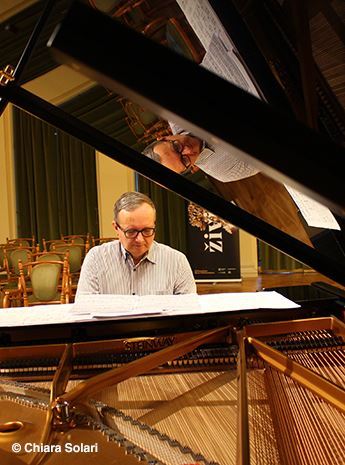 Giorgio Koukl is a Czech pianist/harpsichordist and composer. He studied at both the Conservatories of Zürich and Milan, where he took part in the masterclasses of Nikita Magaloff, Jacques Février, and Stanislaus Neuhaus, and with Rudolf Firkušný, friend and advocate of Czech composer Bohuslav Martinů. It was through Firkušný that Koukl first encountered Martinů‘s music, and is now considered one of the world’s leading interpreters of Martinů‘s piano music. As a logical continuation of this work, Koukl has recorded the complete solo piano works of Paul Le Flem, Alexander Tcherepnin, Arthur Lourié, Vítězslava Kaprálová, Witold Lutosławski, and more recently, Alexandre Tansman and Tibor Harsányi.
Giorgio Koukl is a Czech pianist/harpsichordist and composer. He studied at both the Conservatories of Zürich and Milan, where he took part in the masterclasses of Nikita Magaloff, Jacques Février, and Stanislaus Neuhaus, and with Rudolf Firkušný, friend and advocate of Czech composer Bohuslav Martinů. It was through Firkušný that Koukl first encountered Martinů‘s music, and is now considered one of the world’s leading interpreters of Martinů‘s piano music. As a logical continuation of this work, Koukl has recorded the complete solo piano works of Paul Le Flem, Alexander Tcherepnin, Arthur Lourié, Vítězslava Kaprálová, Witold Lutosławski, and more recently, Alexandre Tansman and Tibor Harsányi. The Composer(s)
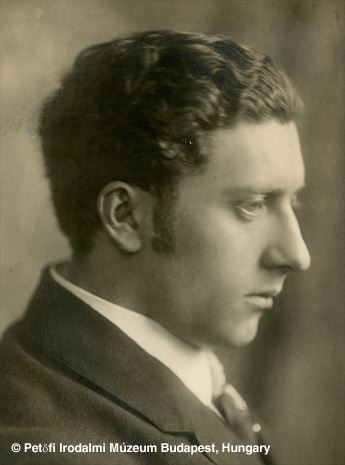 Hungarian-born pianist, composer, conductor, and musicologist Tibor Harsányi was part of the lively Paris musical scene from 1923. He was a student of Kodály in Budapest, then travelled around Europe as a performer, settling briefly in Holland, where he worked as a conductor. Harsányi was a prolific composer of chamber music, solo piano works, and songs, as well as opera and ballet.
Hungarian-born pianist, composer, conductor, and musicologist Tibor Harsányi was part of the lively Paris musical scene from 1923. He was a student of Kodály in Budapest, then travelled around Europe as a performer, settling briefly in Holland, where he worked as a conductor. Harsányi was a prolific composer of chamber music, solo piano works, and songs, as well as opera and ballet. Reviews
“Giorgio Koukl—with his clear commitment to the music he plays that is evident throughout (as always!)—has once again opened our ears to one more hitherto neglected composer. As a result of this disc and with more to come, Harsányi will emerge from obscurity into the light of deserved recognition” – MusicWeb International

“Koukl has done it again, rediscovered a neglected composer of great interest and, through his enthusiastic playing, made him interesting and vital.” – The Art Music Lounge
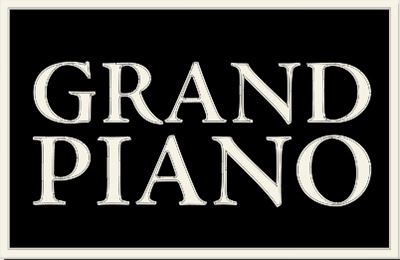
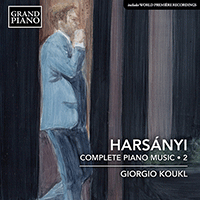
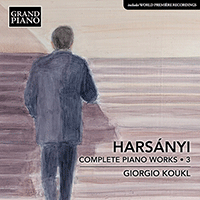
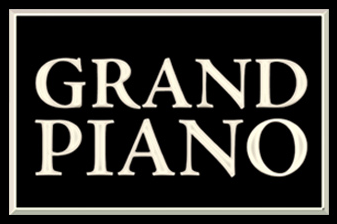 Grand Piano has gained a reputation for producing high quality recordings of rare keyboard gems. Dedicated to the exploration of undiscovered piano repertoire, the label specialises in complete cycles of piano works by many lesser-known composers, whose output might otherwise have remained unknown and unrecorded.
Grand Piano has gained a reputation for producing high quality recordings of rare keyboard gems. Dedicated to the exploration of undiscovered piano repertoire, the label specialises in complete cycles of piano works by many lesser-known composers, whose output might otherwise have remained unknown and unrecorded.






